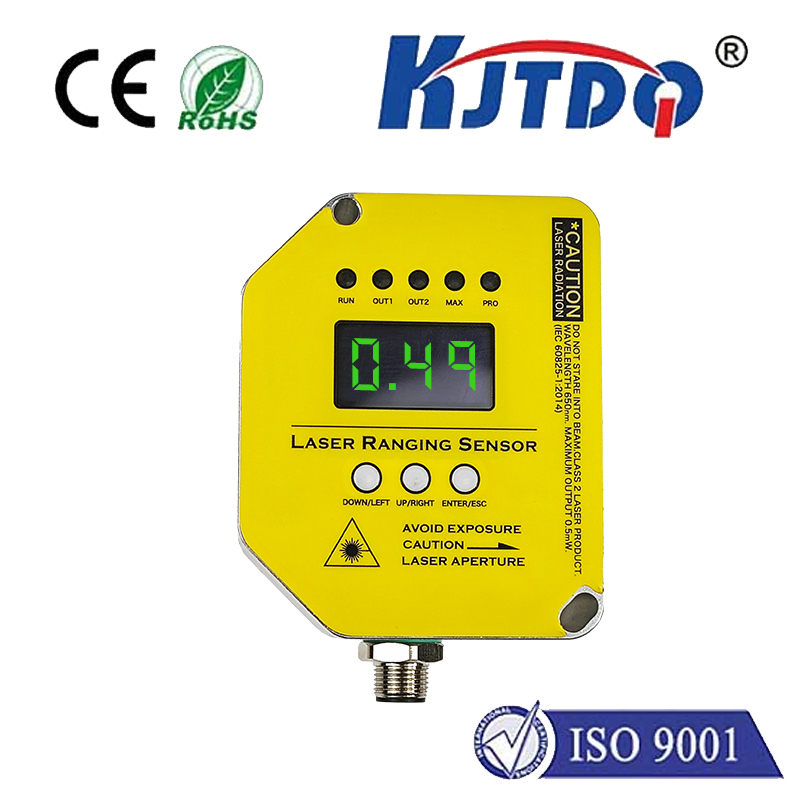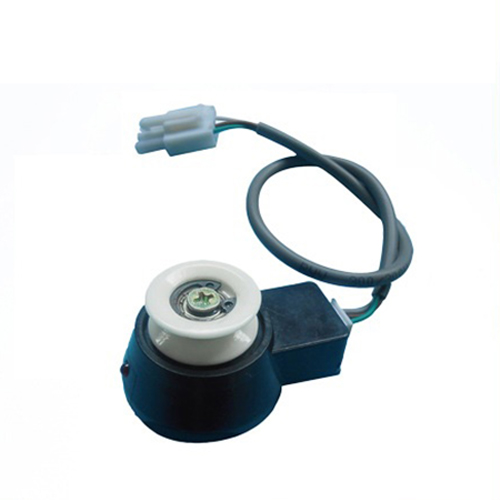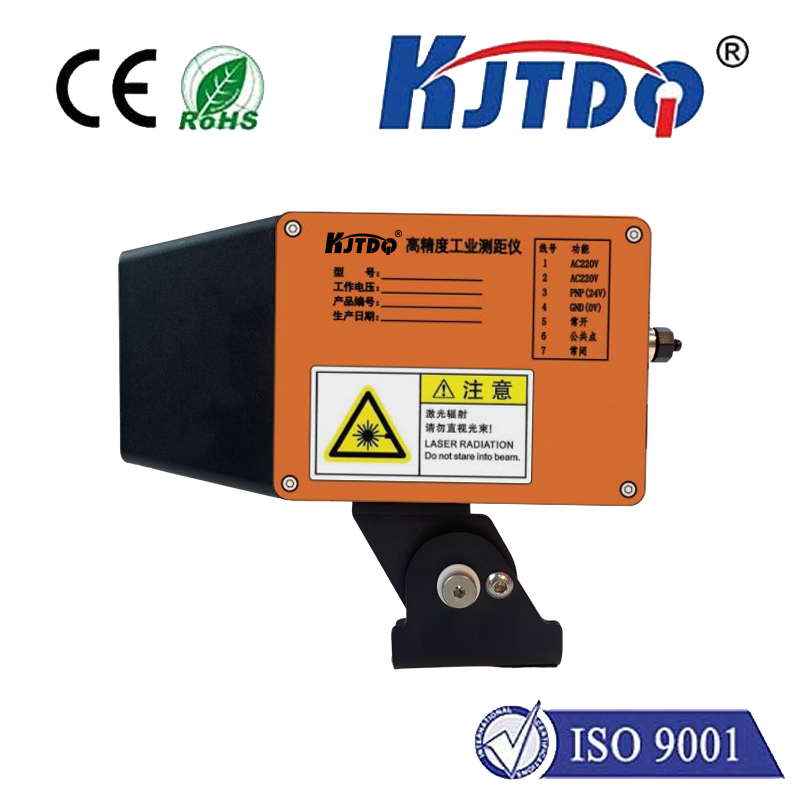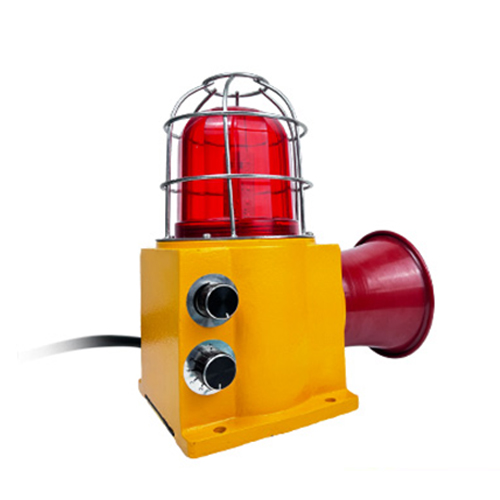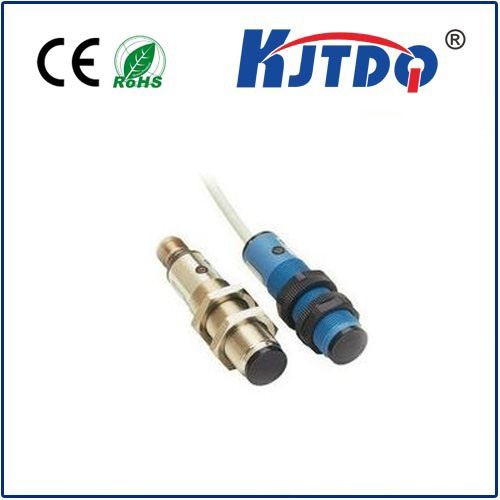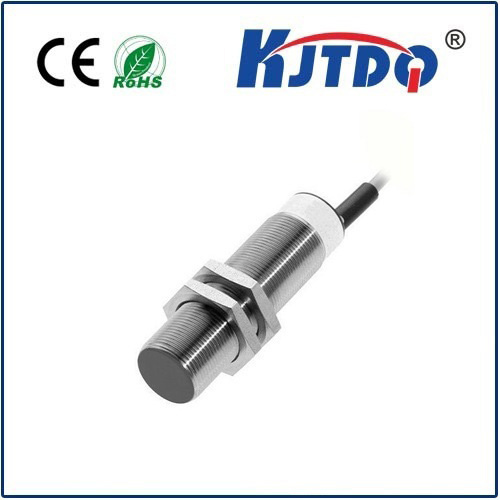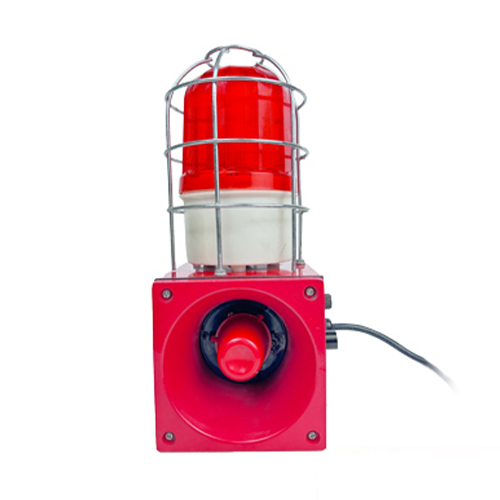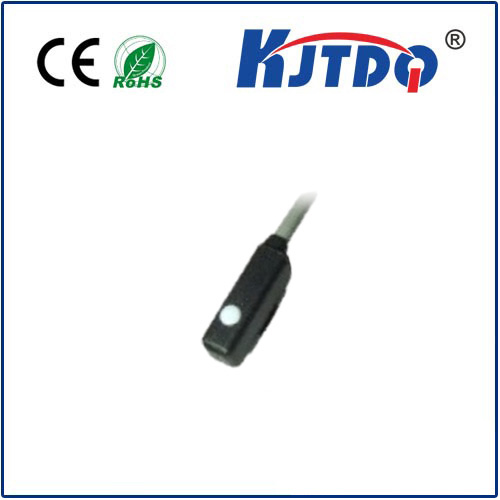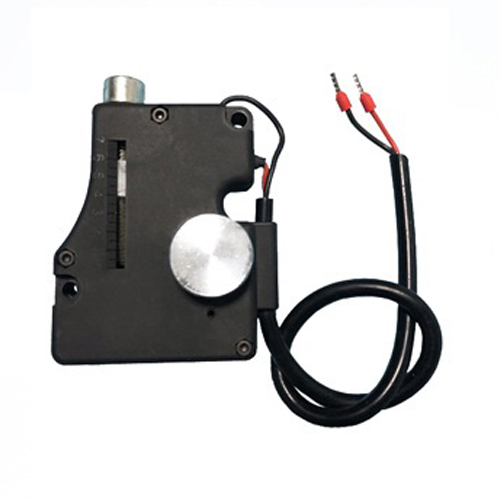laser sensors for displacement distance and position
- time:2025-09-08 14:14:38
- Click:0
Laser Sensors: The Ultimate Guide to Precision Displacement, Distance, and Position Measurement
Imagine aligning aircraft wings with microscopic precision, monitoring the minute vibration of a high-speed turbine, or ensuring a robotic arm places a component exactly where it needs to be, down to microns. In our world demanding ever-increasing accuracy and reliability, laser sensors have become the cornerstone technology for measuring displacement, distance, and position across countless industries. Their ability to deliver non-contact, high-speed, and ultra-precise data transforms complex tasks into manageable, automated processes. This article delves into how laser sensors achieve this remarkable feat and why they are indispensable for modern engineering and manufacturing.
Understanding the Core Measurements
While often discussed together, displacement, distance, and position represent distinct, though closely related, concepts:
- Displacement: Refers to the change in position of a target relative to a reference point over time. Think of it as movement. Measuring vibration amplitude, thermal expansion, or the deflection of a beam under load all involve displacement sensing. Accurate displacement measurement is fundamental for structural health monitoring and quality control.
- Distance: This is the measurement of the static spatial separation between the sensor and a target point. Gauging the height of an object, the thickness of a material, or the fill level in a container are classic distance measurement applications.
- Position: Defines the absolute location of a target within a specific coordinate system (e.g., X, Y, Z). Determining the exact location of a part on a conveyor belt, the coordinates of a robot end-effector, or the alignment of components on an assembly line requires precise position sensing.
Laser Sensors: The Principle of Operation

At their heart, most industrial laser sensors for these applications operate based on optical triangulation or time-of-flight (ToF) principles:
- Optical Triangulation (Ideal for Displacement & Short-Mid Range Distance):
- A focused laser diode projects a small, intense spot onto the target surface.
- The light reflected from this spot is collected by a high-resolution optical receiver (like a CCD or CMOS linear array), positioned at a known angle relative to the laser emitter (the triangulation baseline).
- As the target moves closer or farther away, the position of the reflected spot shifts laterally across the receiver array.
- Sophisticated on-board electronics calculate the target’s distance/displacement based on the known baseline angle and the precise spot position on the receiver. This method offers exceptionally high resolution and accuracy, often into the sub-micron range, making it the go-to choice for demanding displacement measurement tasks.
- Time-of-Flight (ToF - Ideal for Longer Distance & Position):
- The sensor emits a short pulse or modulated beam of laser light.
- It precisely measures the time taken (Δt) for the light to travel to the target and back to the sensor.
- Using the constant speed of light ©, the distance (d) is calculated simply: d = (c * Δt) / 2. Modern phase-shift ToF methods offer good accuracy for medium to long-range applications.
- For position mapping, some ToF sensors (like LiDAR) scan the laser beam and calculate distances to multiple points rapidly, building a 3D point cloud to determine the positions of objects within their field of view.
Key Advantages Driving Adoption
Laser displacement sensors and their counterparts for distance/position offer compelling benefits over traditional contact methods:
- Non-Contact Measurement: Eliminates mechanical wear, avoids damaging delicate surfaces, and introduces no measurement force that could distort results. This is crucial for measuring soft materials, micro-components, or high-speed objects.
- Exceptional Precision and Resolution: Capable of resolving changes down to nanometers (for ultra-high-end triangulation sensors) or micrometers commonly, enabling quality control impossible with other methods.
- High Speed and Frequency Response: Laser sensors can take tens of thousands of measurements per second, allowing real-time monitoring of high-speed processes like vibration analysis or fast-moving production lines.
- Versatility: Can measure a wide variety of surfaces (though performance varies with reflectivity and texture), shapes, and materials. Options exist for very small spots or larger line projections.
- Robustness: Modern designs are highly resistant to environmental factors like dust, vibration, and electromagnetic interference (EMI), essential for industrial settings.
Critical Applications Across Industries
The unique strengths of laser sensors make them ubiquitous:
- Manufacturing & Automation: Precise displacement measurement for thickness gauging, weld seam tracking, vibration analysis on spindles, robotic guidance, profile scanning, and part presence verification. Position sensing for robot calibration and object location on conveyors.
- Electronics & Semiconductor: Wafer alignment, lead coplanarity inspection, micro-component placement accuracy, disk drive suspension measurement – all requiring sub-micron resolution.
- Automotive: Body panel gap measurement, brake disk thickness/vibration monitoring, suspension component testing, engine block dimensional control, and assembly robot guidance.
- Aerospace: Wing deflection testing, turbine blade vibration monitoring, composite material thickness verification, and precision component alignment.
- Metrology & Quality Control: Coordinate measuring machine (CMM) enhancements, surface profile scanning, dimensional inspection of machined parts, and flatness/warpage measurement.
- Research & Development: Material science experiments, micro-positioning stages, dynamic structural analysis, and prototype validation.
Selecting the Right Laser Sensor: Key Considerations
Choosing the optimal sensor requires careful evaluation of the application:
- Measurement Range: The required minimum and maximum distance between sensor and target.
- Resolution & Accuracy: How fine a measurement difference needs detecting, and what absolute measurement tolerance is acceptable.
- Target Characteristics: Surface color, reflectivity (shiny vs. matte), material, texture, and size. Sensors often require configuration or specific models for dark, transparent, or highly reflective targets.
- Spot Size / Laser Line Width: Dictates the smallest feature that can be measured and resolution potential. Smaller spots offer higher resolution but can be challenged by rough surfaces.
- Sampling Rate (Frequency Response): How quickly the target moves or how fast the process is. Vibration measurement demands very high speeds.
- Operating Environment: Temperature extremes, dust, moisture, ambient light, and potential for physical shock or vibration.
- Outputs & Interfaces: Required communication protocols (analog voltage/current, digital I/O, Ethernet, RS232, etc.) for integration into control systems.
Laser sensors have fundamentally reshaped our ability to measure the physical world with unprecedented speed, precision, and reliability. From ensuring the microscopic perfection of silicon chips to guaranteeing the structural integrity of massive bridges, their non-contact, high-speed capabilities in determining displacement, distance, and position are essential tools driving innovation, safety, and quality across the technological spectrum. Understanding their principles and applications is key to unlocking their full potential in solving complex measurement challenges.






